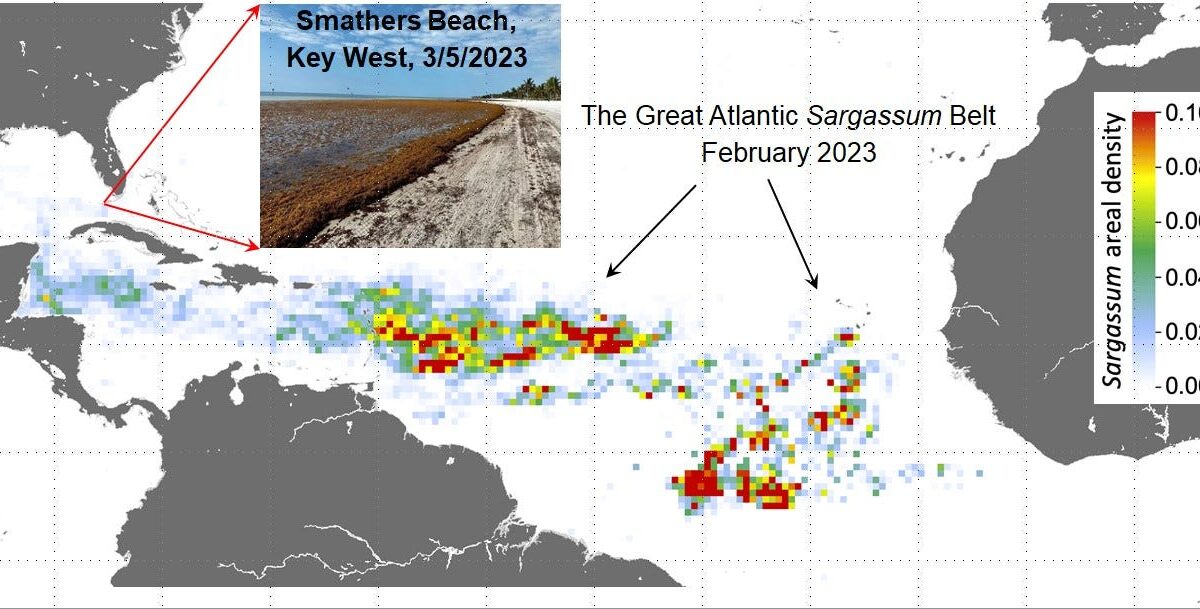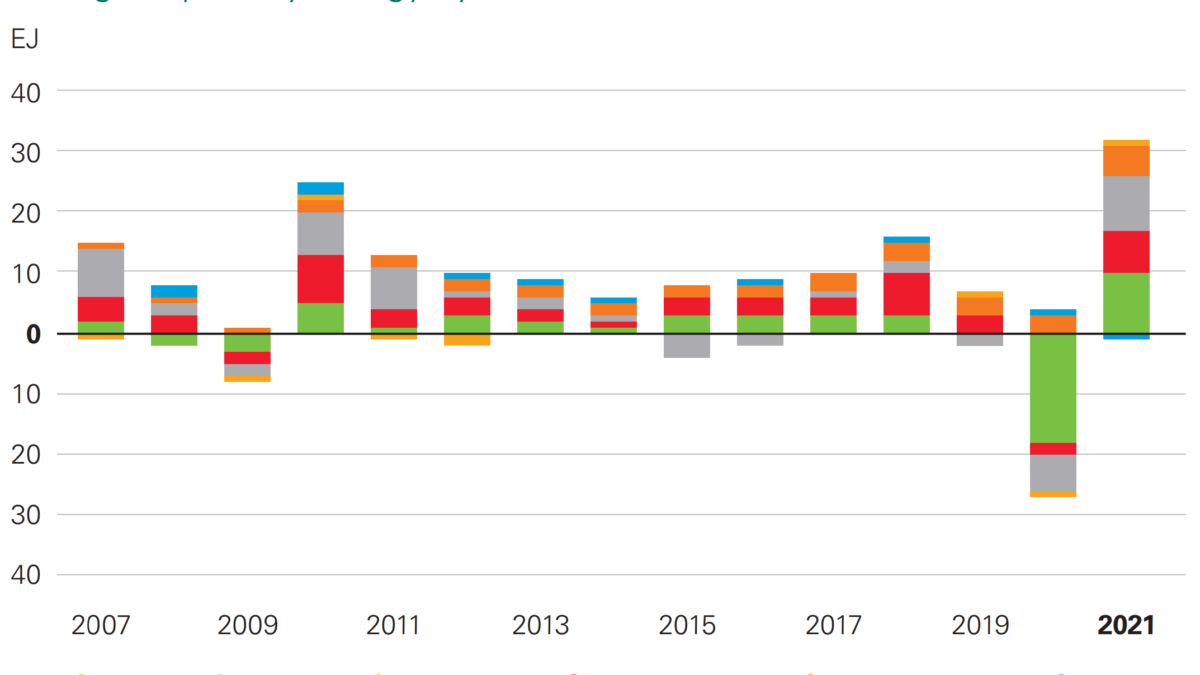IMF says global debt tops all-time high at $152 trillion
By David Lawder; Editing by Marguerita Choy
5 October 2016
WASHINGTON (Reuters) – The world is swimming in a record $152 trillion in debt, the IMF said on Wednesday, even as the institution encourages some countries to spend more to boost flagging growth if they can afford it.
Global debt, both public and private, reached 225 percent of global economic output last year, up from about 200 percent in 2002, the IMF said in its new Fiscal Monitor report.
The IMF said about two thirds of the 2015 total, or about $100 billion, is owed by private sector borrowers, and noted that rapid increases in private debt often lead to financial crises. While debt profiles vary by country, the report said that the sheer size of the debt could set the stage for an unprecedented private deleveraging that could thwart a still-fragile economic recovery.
“Excessive private debt is a major headwind against the global recovery and a risk to financial stability,” IMF Fiscal Affairs Director Vitor Gaspar told a news conference.
“Financial recessions are longer and deeper than normal recessions.”
While the United States has de-leveraged since the 2008-2009 financial crisis, the report cited the buildup of private debt in China and Brazil as a significant concern, fueled in part by a long era of low interest rates. [more]
IMF says global debt tops $152 trillion, urges some to spend more
Executive Summary
At 225 percent of world GDP, the global debt of the nonfinancial sector—comprising the general government, households, and nonfinancial firms—is currently at an all-time high. Two-thirds, amounting to about $100 trillion, consists of liabilities of the private sector which, as documented in an extensive literature, can carry great risks when they reach excessive levels. However, there is considerable heterogeneity, as not all countries are in the same phase of the debt cycle, nor do they face the same risks. Nevertheless, there are concerns that the sheer size of debt could set the stage for an unprecedented private deleveraging process that could thwart the fragile economic recovery. Resolving this “private debt overhang” problem is, however, not easy in the current global environment of low nominal output growth.
In light of these developments, this issue of the Fiscal Monitor examines the extent and makeup of global debt and asks what role fiscal policy can play in facilitating the adjustment. It goes beyond previous studies by drawing on an expanded data set covering emerging markets and low-income countries as well as advanced economies. Another novelty is the use of an analytical framework that explicitly models the interlinkages between private and public debt in analyzing the role of fiscal policy in the deleveraging process.
Finally, country case studies provide useful insights on what fiscal policy should and should not do to facilitate deleveraging while minimizing the drag on the economy. The chapter finds that private debt is high not only in advanced but also in a few systemically important emerging market economies. Although some advanced economies have made inroads in reducing household indebtedness—the original source of the problem—these debt ratios are still going up in some cases.
In addition, easier financial conditions have led to a sharp increase in nonfinancial corporate sector debt in a few emerging markets. Historical precedents and alternative indicators of debt overhang indicate that the private deleveraging process may still take some time to play out, even more so in light of low nominal growth. The incomplete repair of banks’ balance sheets creates additional headwinds to the deleveraging process by hampering the efficient flow of credit, hence contributing to lackluster growth.
Weak macroeconomic conditions are also taking a toll on general government balance sheets, particularly in advanced economies, where they explain close to 50 percent of the increase in public debt since the start of the global financial crisis. Financial deepening and improved market access over the last few years have led to higher private and public debt ratios in low-income countries, although debt levels remain generally low.
Advances in microfinance lending and mobile banking have also helped improve financial inclusion in many of these countries. New empirical evidence confirms that financial crises tend to be associated with excessive private debt levels in both advanced and emerging market economies, but high public debt is not without its risks.In particular, entering a financial crisis with a weak fiscal position exacerbates the depth and duration of the ensuing recession. The reason is that the absence of fiscal buffers prior to the crisis significantly curtails the ability to conduct countercyclical fiscal policy, especially in emerging market economies.
These results argue for strengthening the government balance sheet in upturns, while adequately accounting for financial cycles when assessing a country’s fiscal position, and ensuring the close monitoring of private debt through adequate regulatory and supervisory frameworks. This is particularly relevant in emerging markets where private sector leverage has increased significantly over the past few years.
It is clear that meaningful deleveraging will be very difficult without robust growth and a return to normal inflation, but what can fiscal policy do to facilitate the deleveraging process? The path toward strong growth in those countries mired in a debt overhang may require decisive and prompt action to repair the balance sheets of banks—a clear priority in some European countries—and the private sector, notably nonfinancial corporations in China. The specific policy package will depend of course on country circumstances and the available fiscal buffers. Generally, where the financial system is under severe stress, resolving the underlying problem quickly is critical.
When the problems in the nonfinancial sector have not yet migrated to the banking sector, well-designed and well-targeted fiscal interventions in the form of government-sponsored programs to restructure private debt—which can include measures such as subsidies for creditors to lengthen maturities, guarantees, direct lending, and asset management companies—can create incentives for the cleanup to take place. These measures should be supported by strong insolvency and bankruptcy procedures.
As past experience shows, the design of fiscal interventions to facilitate the deleveraging process is critical for minimizing their cost, mitigating moral hazard, and ultimately ensuring their success. In particular, these measures should be targeted to specific sectors or individuals and involve burden sharing. If bank recapitalization is necessary, it should be carried out swiftly, with the private sector taking the lead. Strong governance principles should be applied in the decision-making process to safeguard public funds. While trade-offs are difficult at the current juncture of limited fiscal room, inaction is likely to be costlier, even from a public debt sustainability perspective. However, fiscal policy cannot do it alone; it has to be supported by complementary policies within credible frameworks.
More specifically, monetary policy should remain accommodative in those countries where inflation is still well below target, while financial policies should provide incentives for banks to recognize losses and facilitate balance sheet repair. Structural policies can also improve intertemporal budget constraints by increasing potential growth. If well designed and credible, these policies can in fact increase the policy space to support growth and bring inflation to target while facilitating the deleveraging process.



